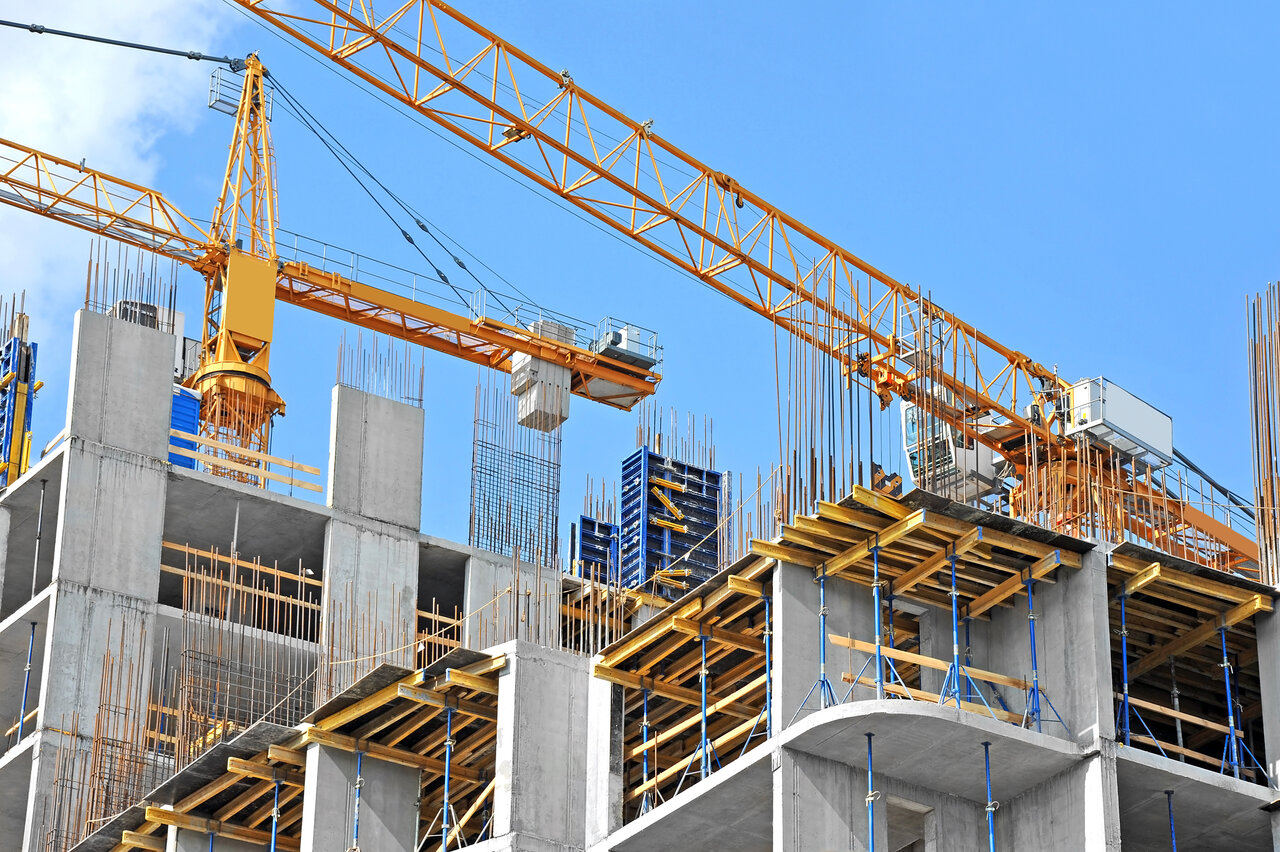Share This
Related Posts
Tags
Speaking in Codes
By Joel Nelson on Sep 26, 2024 in News
What are building codes and why are they necessary?
Building codes are regulations that apply to architects, builders, owners and others involved in a structure’s construction and maintenance. Adopted and enforced by state, local, tribal and territorial entities, they ensure that buildings conform with safety and public health standards. They encompass standards for everything from the arrangement of doors and windows, minimum and maximum room ceiling heights, exit sizes and locations, room sizes and locations and structural integrity to lighting, water, ventilation, fire prevention and control, hazardous material handling, energy efficiency, drainage, occupancy limits, and parking and traffic impacts.

Disasters spur action
The Great Fire of London in 1666 prompted the first significant attempts to reduce building density and ensure that construction had some degree of fire resistance. Almost two centuries later, the London Building Act of 1855 provided the first systemic national building standard for room height, construction notifications, fireplace and drain placements and other provisions.
In the U.S., building codes proliferated in the mid-19th century during heavy Industrial Revolution-inspired population growth in urban centers. Massive fires in Chicago and Baltimore in 1886 and 1904, respectively, along with the San Francisco earthquake in 1906, spurred additional codes and construction changes nationwide.
Building codes are heavily influenced by the International Code Council (ICC), an association of building safety professionals whose members work with other interested parties to develop a consensus set of model codes, which are updated every three years.
Policy at the local level
Regardless of the recommendations the ICC might make, it is “at the state or local level whereby a building code in the US actually becomes law,” with it being common “for the final adoption authority to be left to an individual township,” according to the National Earthquake Hazards Reduction Program, which works to promote earthquake hazard reduction. That means, with the lone exception of manufactured housing, that there is no single national building code to which all entities must adhere.
Federal laws such as the Americans with Disabilities Act influence building codes and standards, and federal agencies may incentivize building owners and communities to adopt enhanced model building codes through financial and technical assistance for building construction, operation, maintenance or repair. But in general, building codes vary greatly by jurisdiction.
‘Crucial to protecting life and property’
In 2018, “homes built at or beyond state building codes still stood, whereas many of those built before those stringent codes were enacted were simply gone,” as Hurricane Michael swept through Mexico Beach, Fla., Scientific American reported, adding, “Michael is one of a growing number of multibillion-dollar disasters in the U.S. – the country has already set a record for such disasters so far this year [2023] – that emphasize how crucial building codes are to protecting life and property. And as climate change amplifies hazards, state and local governments must prioritize updating their residential building codes to meet minimum safety standards.”
Builders and others often express concern over added construction costs that codes impose, but in 2020, both the Federal Emergency Management Agency (FEMA) and the nonprofit National Institute for Building Sciences found that for every $1 spent on conforming to the 2018 ICC code, $11 in damage costs were saved.
Building codes for all types of structures likely will continue to evolve because, as Scientific American notes, they are “not just part of climate change resiliency but good fiscal planning and common sense. The codes should be in place before disaster strikes, to avert huge costs, devastation to communities that cannot afford to rebuild and very preventable loss of life.”
